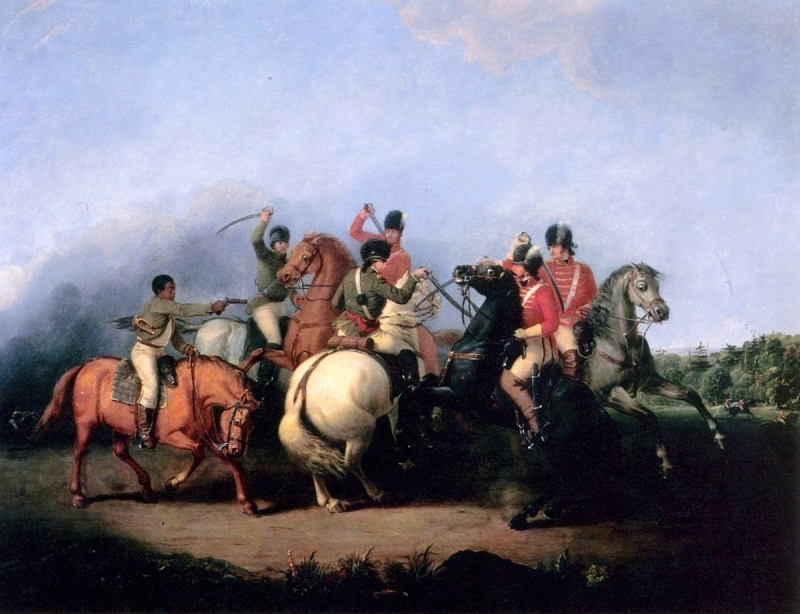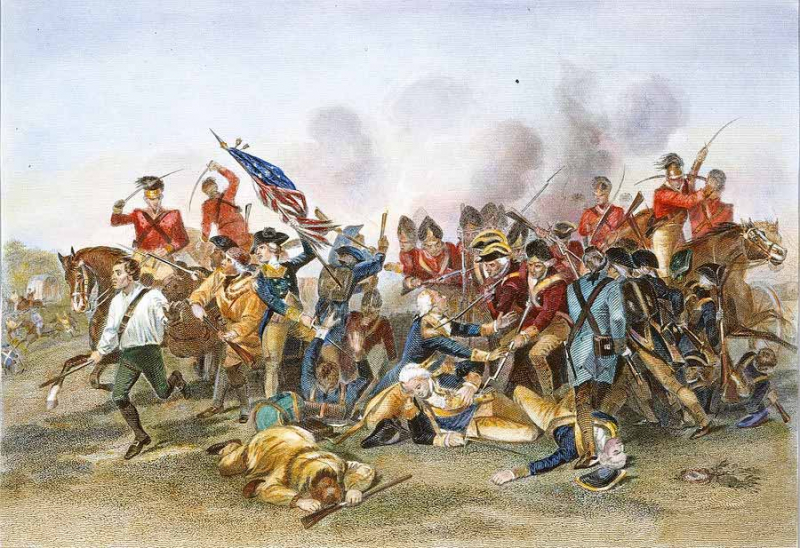The Battle of Camden was a major victory for the British in the Southern theater of the American Revolutionary War
The Southern theater of the American Revolutionary War was the central theater of military operations in the second half of the American Revolutionary War, 1778–1781. It encompassed engagements primarily in Virginia, Georgia, and South Carolina. During the first three years of the conflict, 1775–1778, the largest military encounters between Continental Army and the British Army had been in the New England and Middle colonies, around the cities of Boston, New York, and Philadelphia. After the failure of the Saratoga campaign, the British Army largely abandoned operations in the north and pursued peace through subjugation in the Southern Colonies.
The British began to implement their "Southern Strategy" in late 1778, in Georgia. It initially achieved success with the capture of Savannah, Georgia, which was followed in 1780 by operations in South Carolina that included the defeat of Continental forces at Charleston and Camden. The Battle of Camden (August 16, 1780), also known as the Battle of Camden Court House, was a major victory for the British in the Southern theater of the American Revolutionary War. This battle was considered the high tide for the British in the American Civil War. Because even though the British Army was outnumbered by the American Army, they were able to capture one of the most important areas of the South without having too many casualties, and move a step further in The Southern theater (The Southern Campaign), take more control in the American Civil War against the American Army.














